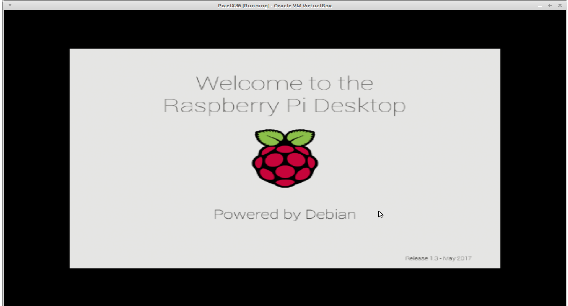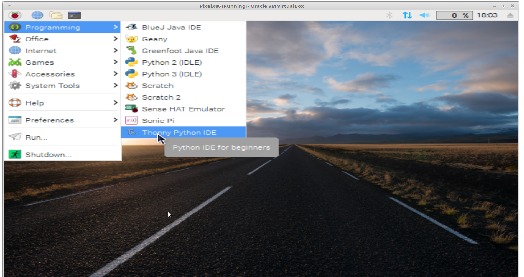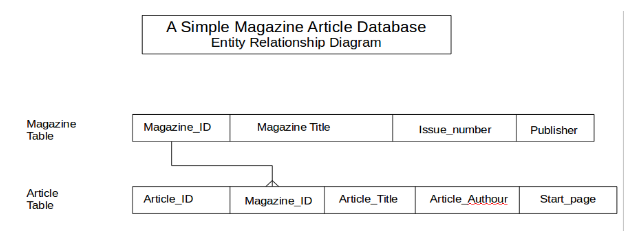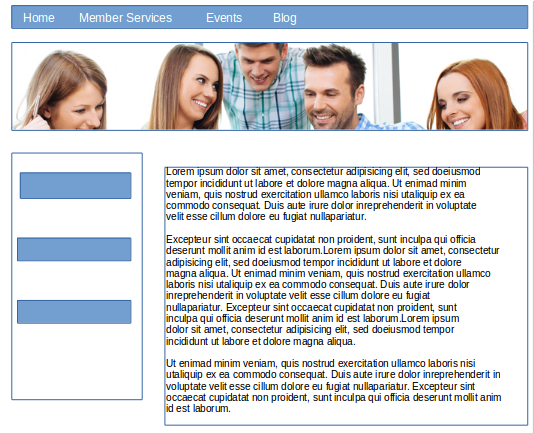NSLIG – September 2017

Back to Meeting Notes 2017
Notes from the September 2017 Meeting
It has become “normal” for our meetings to start with the Linux News compiled by Nick Vespo, and this month’s meeting was no exception. The news was a presentation by a young-ish George Hotz, an entrepreneur who has founded a company called Comma.ai dedicated to move forward the trend towards self-driving cars.
Hotz achieved early fame/notoriety by hacking the Apple iPhone and Sony’s Playstation 3 (at the age of 17). He had planned to ship hardware to support self-driving cars, but the regulator intervened and forbade that. Now he provides plans for the hardware that can be assembled from components available via the Internet, and software that can be downloaded from his company.
The company sells a device (Panda) that collects data about how cars are driven, and it has accumulated more than 50TB of such data, using the data to teach the software about driving. Currently the hardware/software is aimed at the control of Honda/Accura vehicles such as the Civic. But it can be adapted to work with other vehicles, for example the Toyota Prius. The software will be periodically updated to benefit from new experience input from the continuing data gathering activity.
There are videos on the Internet of user experience with hardware/software, with users describing it as “good as Tesla’s Autopilot”. Hotz claims to not want to build self-driving cars, but he wants to own the data built up from the driving experience of cars being monitored by his devices. The data gathering device costs $US88, and the parts for self-driving cost only hundreds of dollars and not the many thousands that others will be asking for the self-driving component of their vehicles.
The Open Forum session is aimed at using the group to help with problems posed, and to share words of wisdom from people who have special knowledge and experience.
A question was posed about a file that could not be edited. The problem seems to be related to the length of the file name, including the directory names in its path. The suggested solution was to copy the file to a high-level directory, e.g. /tmp, and edit it from there.
One issue that might be experienced by those using the Long Term Support versions of Ubuntu is that the kernel level remains the same for the whole period. Canonical now provides updated kernel versions for the LTS versions. They can be found in the repository using the search term HWE for Hardware Enablement.
The evening’s main presentation was again by David Hatton, and it is the latest in his series of Random Bytes.
The first topic (not chosen at random) was the Raspberry Pi operating system version to run on Intel X86 processors (as used in Personal Computers), rather than the ARM processors used in the Rpi. This particular configuration is generally referred to as Debian with the Raspberry Pi desktop.

Raspberry Pi Boot Screen on a x86 PC.
While not all Raspberry Pi applications are supported, the majority are, and the X86 version proves to be a good and useful version of the Raspbian operating system. David showed some of the items such as Thonny Python which are unique to Raspbian.

The Raspbian X86 Desktop showing the Programming Menu
The second (and last) topic was the Draw program in the Libre Office suite. The aim of the first exercise was to create a simple diagram to represent the database fields and relationships between magazines and the articles in a particular magazine.
After opening a new Draw window, a text box was opened, and some text typed in complete a diagram heading. A new box was created with the default background fill colour of medium blue. Then lines were drawn around the perimeter of the text box.
The fill colour was changed to white, and some vertical lines added to create a table layout by drawing a vertical line inside the box and copying the result several times. The completed item was duplicated using copy and paste and two more vertical lines added. The table diagrams then had field names added to complete the table descriptions.

Figure 1 - Using LibreOffice Draw for an ER Diagram.
The main relationship was indicated by drawing a connecting line between the magazine and article layout diagrams. A simple, visual way of showing the relationships – see Figure 1.
A second short exercise was to mock up the design of a simple web page. This was quickly done by creating a box of text at the top, a larger, full width box below, into which a picture was inserted.
Then some smaller boxes were created to represent action buttons, and a further large one was filled with Lorem Ipsum text copied from the Writer program of the suite. The result was a simple sketch of a web page design created in a short time and without the use of specialist tools.

Another very worthwhile and entertaining evening for the attendees.


